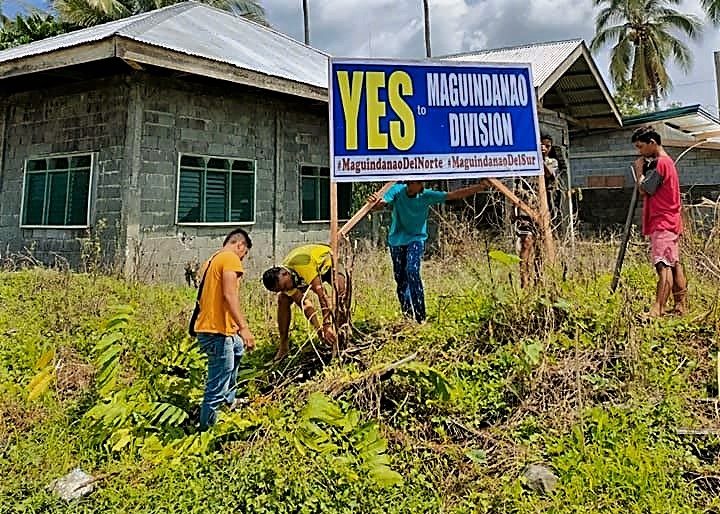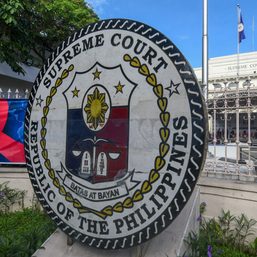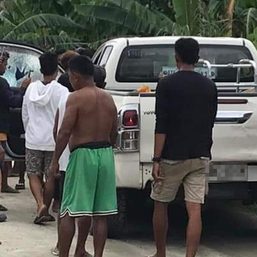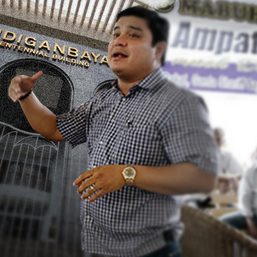SUMMARY
This is AI generated summarization, which may have errors. For context, always refer to the full article.

GENERAL SANTOS CITY, Philippines – Local officials have predicted a landslide in favor of the ratification of a law that would split Maguindanao into two provinces during a plebiscite this weekend.
The September 17 plebiscite will take place 16 years after the now-defunct Autonomous Region in Muslim Mindanao (ARMM) carved 10 northern towns out of Maguindanao to form a new province, Shariff Kabunsuan.
Despite being favored by voters, Shariff Kabunsuan province was shortlived – the Supreme Court, two years later, struck down the 2006 ARMM law that created it for being unconstitutional.
With barely a week before the plebiscite, officials working to ratify the new law said they expected the yes votes to be overwhelming.
“No one is campaigning for a no vote. There’s none that we have heard of since the start of the campaign period on August 16,” said Maguindanao provincial administrator Cyrus Torreña.
The group Interfaith for Peace and Clean Election (IM4PEACE), however, called for the postponement of the plebiscite until November so the Commission on Elections (Comelec) could scale up a voters’ education campaign and make sure Maguindanaoans understand what’s at stake.
The group said many of Maguindanao’s 939,011 voters were still clueless about the plebiscite and were unaware of the split’s pros and cons.
Since August, many roads and public spaces in Maguindanao have been flooded with billboards and posters urging voters to take part in the plebiscite and vote yes.
IM4PEACE coordinator Goldy Omelio said what was lacking was a Comelec campaign that informs voters about how a split would impact the lives of Maguindanao’s 1.6 million residents and their future.
Former Maguindanao vice governor and now Datu Odin Sinsuat town Mayor Lester Sinsuat said he too was seeing plebiscite results in favor of the creation of Maguindanao del Sur and Maguindanao del Norte.
Officials noted that the majority, if not all, of Maguindanao’s 36 town mayors favor the division and have been urging voters to say yes during the plebiscite because they see that the split would be more advantageous to all.
Mayor Sinsuat’s town would be the capital town of Maguindanao del Norte if the split takes place.
He said basic services would be delivered faster and efficiently, and the two provincial governments would mean accessibility to constituents.
“With the present 36 towns spread in a wide area, there will always be hindrances and delay factors in the delivery of these services,” he said.
Sinsuat’s wife Ainee is the present vice governor of Maguindanao. She would automatically be the first governor of Maguindanao del Norte if the law is ratified during the plebiscite.
Senator Francis Tolentino, who sponsored the then proposed law in the Senate, said the split would speed up the political, social, and economic development of the Maguindanao territory, and make government services more accessible.
When he sponsored it, Tolentino said, “The size of the province remains to be a challenge for the provincial government to provide basic services like public health care, education, and transportation to the most remote villages.”
Tolentino said the creation of more public offices because of the division would expand the democratic space for qualified and dedicated public servants to participate in the governance of the provinces.
Lawyer Udtog Tago, Maguindanao provincial elections officer, said the ballots and other plebiscite materials were already sent to the province, and he and his staff were already ready for the political exercise.
A yes vote will ratify Republic Act 11550 while a no vote means a status quo for the province.
Ratification would have a nationwide impact in that it means the present 81 provinces would chip in to help out the 82nd province. It would reduce the current provinces’ shares of the national wealth.
Republic Act 11550, signed by then-president Rodrigo Duterte in 2021, provides for the creation of the two Maguindanao provinces subject to a plebiscite.
Maguindanao, with an approximately 15,000-square-kilometer land area, is the country’s 20th most populated province, inhabited by 1.6 million people, based on the 2020 census.
The province is part of the Bangsamoro Autonomous Region in Muslim Mindanao (BARMM) whose leadership expressed support for the division of the province. – Rappler.com
Add a comment
How does this make you feel?




















There are no comments yet. Add your comment to start the conversation.